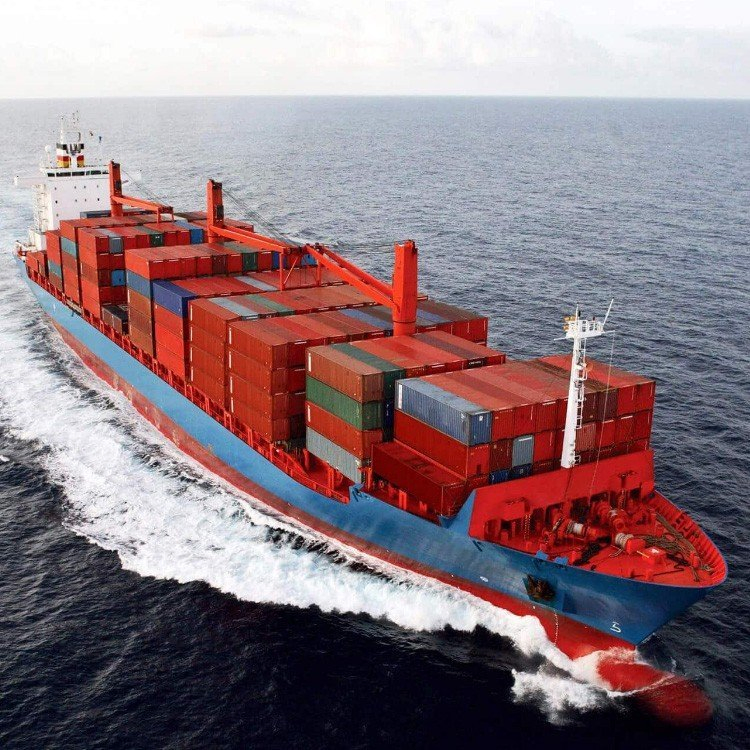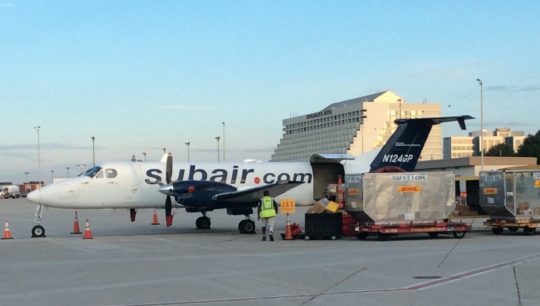- By Della tj
- September 29, 2025
- Sea Freight, Shipping
The China sea freight rates 2025 are crucial for importers and exporters worldwide. Shipping costs remain volatile, while congestion, fuel surcharges, and customs delays add uncertainty. Nevertheless, businesses that track current freight trends, analyze shipping options, and work with trusted forwarders can reduce risks and optimize their logistics budgets.
What Factors Influence China Sea Freight Rates in 2025?
Sea freight rates from China are shaped by multiple variables:
- Fuel price fluctuations: Bunker surcharges shift with oil markets.
- Carrier capacity management: Blank sailings limit space and push rates up.
- Container imbalances: Empty repositioning continues to add cost.
- Seasonal peaks: Lunar New Year, Golden Week, and holiday demand raise prices.
- Environmental regulations: Compliance with green shipping standards adds operating costs.
As a result, importers must monitor both global demand and carrier strategies to forecast rates.
How Much Do Containers Cost From China in 2025?
| Container Type | To USA (West Coast) | To Europe (North) | To Australia |
|---|---|---|---|
| 20GP | $2,200–$2,600 | $1,950–$2,300 | $1,700–$2,000 |
| 40GP | $3,400–$3,900 | $3,100–$3,400 | $2,800–$3,100 |
| 40HQ | $3,600–$4,100 | $3,300–$3,600 | $3,000–$3,300 |
Indicative 2025 averages; actual spot rates vary by season, carrier, and port of loading.

Why Do Transit Times Differ by Destination?
| Route | Standard Transit | Current Delays |
|---|---|---|
| Shanghai → Los Angeles | 18–20 days | 22–26 days |
| Ningbo → Hamburg | 28–30 days | 32–36 days |
| Shenzhen → Sydney | 12–14 days | 15–18 days |
Although schedules are improving compared to previous years, delays remain common due to port congestion and unpredictable customs checks.
What Are the Pros and Cons of Shipping Modes?
| Mode | Cost | Transit Time | Advantages | Disadvantages |
|---|---|---|---|---|
| Sea Freight | Lowest | 25–40 days | Cost-effective for bulk cargo | Slow, affected by congestion |
| Air Freight | Highest | 5–8 days | Fast, reliable for urgent cargo | Very expensive |
| Rail Freight | Moderate | 14–20 days | Balanced for Europe trade | Limited destinations |
| Multimodal | Variable | Flexible | Customizable to needs | Requires more coordination |
Although sea freight remains dominant, combining modes helps importers balance speed and cost.
Real Case Studies of China Sea Freight Rates 2025
Case 1: Shenzhen to Los Angeles (Electronics, 40HQ FCL)
- Cargo: 25 tons of laptops
- Mode: FCL sea freight
- Cost: $3,800
- Transit time: 25 days
- Remark: Importer shifted part of volume to air freight to meet urgent orders while absorbing higher sea costs.
Case 2: Ningbo to Rotterdam (Home Appliances, 2×40GP FCL)
- Cargo: 42 tons washing machines
- Mode: FCL sea freight
- Cost: $6,900
- Transit time: 33 days
- Remark: Retailer secured lower per-unit costs by booking early through a forwarder’s long-term contract.
How Do Customs and Documentation Affect Freight Costs?
| Document | Purpose | Impact |
|---|---|---|
| Bill of Lading | Proof of shipment | Inaccuracies cause delays and re-issuance fees |
| Commercial Invoice | Declares cargo value | Wrong details can raise duties |
| Packing List | Provides shipment details | Missing data delays customs clearance |
| Certificate of Origin | Confirms source country | Needed for trade preference programs |
| Import License | Required for restricted goods | Non-compliance results in fines |
Accurate documents reduce clearance delays and prevent demurrage charges that add to overall shipping expenses.
Can Importers Negotiate Lower China Sea Freight Rates?
Yes. Effective strategies include:
- Booking well in advance to secure lower allocations.
- Consolidating small shipments into FCL for cost efficiency.
- Exploring secondary ports with lower congestion.
- Leveraging freight forwarders’ contracted rates with carriers.
To illustrate, one importer saved 15% by shifting volumes from Shanghai to Qingdao.
Why Do Fuel Surcharges Remain Important?
Fuel surcharges—often called BAF (Bunker Adjustment Factor)—remain a significant component of sea freight pricing. Additionally, environmental compliance costs, such as low-sulfur fuel or carbon levies, continue to push rates upward in 2025.

How Do Sea Freight Rates Affect Global Supply Chains?
- Higher landed costs: Directly impacting consumer prices.
- Inventory strain: Longer lead times require buffer stock.
- Supplier diversification: Businesses shift orders to Southeast Asia.
- Cash flow challenges: SMEs struggle to pay higher freight bills.
Without doubt, freight rates have become a decisive factor in global sourcing strategies.
Conclusion
The China sea freight rates 2025 remain central to international trade, influencing shipping costs, supply chain design, and overall competitiveness. Although market volatility persists, businesses can adapt by consolidating cargo, choosing alternative ports, and collaborating with reliable forwarders. Ultimately, those who stay informed and plan ahead will navigate fluctuations in China sea freight rates successfully, securing both cost savings and timely deliveries.
- Consult TJ China Freight Forwarding for the lowest quote. They will provide you with reliable, cost-effective service.
FAQs
Q1.Do China sea freight rates differ between major ports like Shanghai and Qingdao?
Yes, Shanghai is often higher due to congestion, while secondary ports like Qingdao may offer lower freight costs and faster clearance.
Q2.How do Incoterms influence China sea freight rates for importers?
Incoterms define responsibility for freight charges, insurance, and risks, significantly impacting total landed costs for international shipments.
Q3.Can predictive analytics help manage China sea freight rates effectively?
Indeed, digital forecasting tools analyze trends, enabling importers to choose shipping schedules that minimize rising freight charges.
Q4.Should importers consider mixed logistics strategies to offset high China sea freight rates?
Yes, combining sea, air, and rail helps balance cost, speed, and flexibility, reducing risks from volatile ocean freight rates.
Q5.Do government policies influence China sea freight rates in 2025?
Yes, carbon regulations, customs reforms, and international trade agreements directly affect carrier operating expenses and overall freight pricing.




